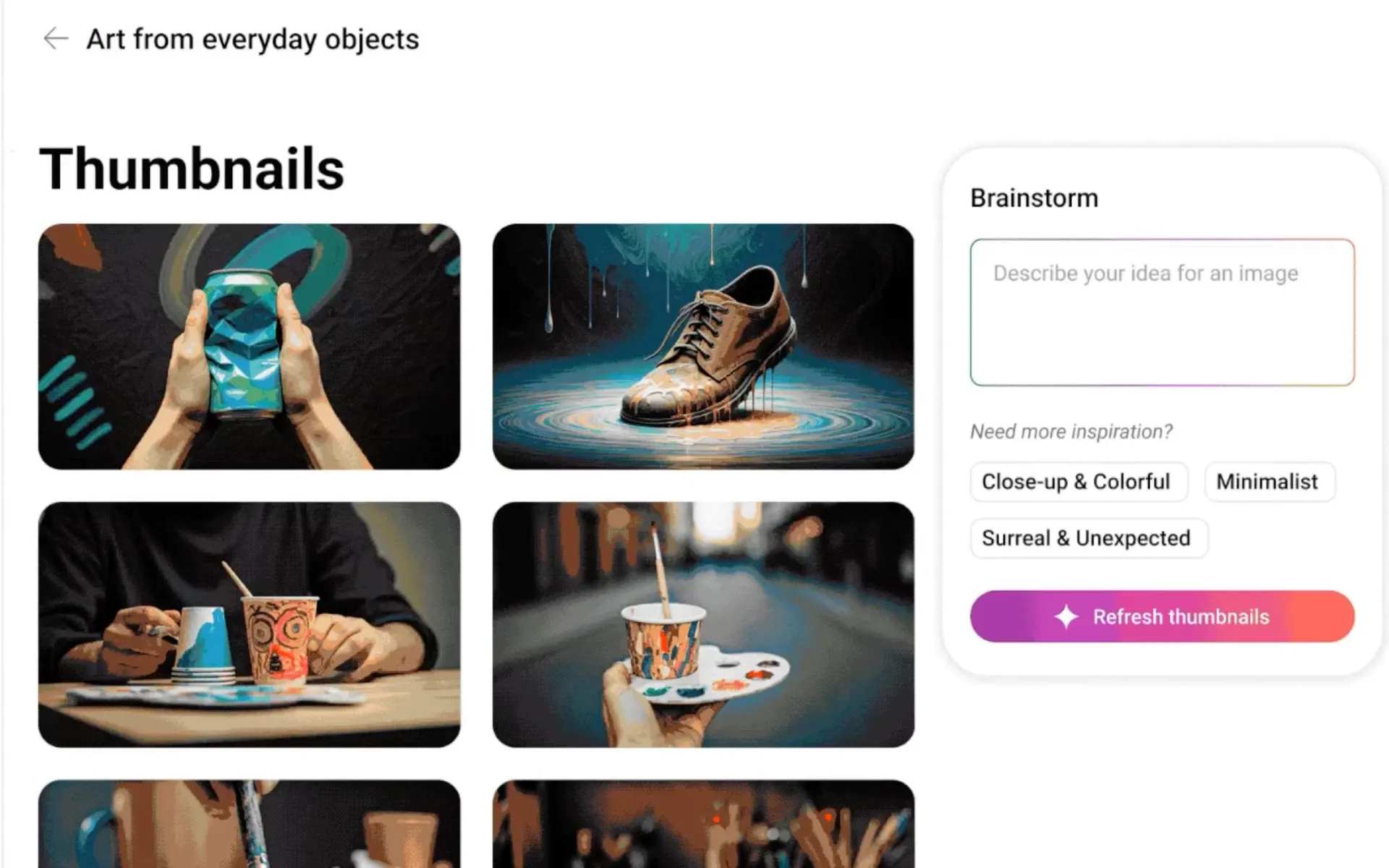YouTube expands AI features portfolio with nine new tools in 2024
Comprehensive overview of YouTube's latest artificial intelligence features launched in 2024, from content summaries to creative tools.

Three days ago, on December 12, 2024, YouTube unveiled nine new artificial intelligence features aimed at enhancing content creation and consumption on its platform. According to the YouTube team, these tools span various functionalities, from content comprehension to creative assistance.
The centerpiece of these releases is a conversational AI tool, exclusively available to YouTube Premium members in the United States. This feature enables users to interact with video content through direct questioning, providing immediate responses without interrupting playback. According to the platform's documentation, the tool can assist with specific queries, such as finding alternative ingredients during cooking tutorials or clarifying academic concepts presented in educational content.
Content comprehension has been enhanced through the introduction of AI-generated video summaries. These summaries function as complementary information to creator descriptions, providing viewers with additional context about video content. The platform has also implemented live chat summaries, a feature that synthesizes previous conversations in live streams, enabling late-joining viewers to catch up with ongoing discussions.
For music enthusiasts, YouTube Music has introduced Ask Music, a feature currently available to Premium and Music Premium subscribers in select regions. The tool creates personalized radio stations based on specific moods or activities. The geographical availability currently encompasses the United States, Canada, New Zealand, and Australia, with Android devices being the first to receive the feature. According to the announcement, iOS support and expansion to additional countries are in development.
Content creators have received particular attention in this update. The Inspiration Tab in YouTube Studio leverages artificial intelligence to assist in content ideation, offering suggestions for titles, thumbnails, and content outlines. This tool aims to streamline the creative process while maintaining alignment with individual creator styles and audience preferences.
The platform has also addressed linguistic barriers through enhanced auto dubbing capabilities. This feature, now accessible to thousands of creators, generates translated audio tracks in multiple languages. The recent expansion includes support for German, Hindi, Indonesian, and Japanese, significantly broadening the potential reach of content across different linguistic communities.
For short-form content creators, YouTube has introduced Dream Screen, a tool that generates AI-created images or video backgrounds specifically for Shorts. Complementing this visual tool, Dream Track provides creators in the United States with the ability to generate instrumental soundtracks through genre-specific prompts, available both for Shorts and through the YouTube Create application.
The final addition focuses on community engagement through enhanced posting capabilities. Creators can now utilize Dream Screen for image generation in posts, while a text transformation tool assists in optimizing message tone and length for community updates.
These implementations represent significant technical advancement in content creation and consumption tools. The platform's approach combines automated content analysis, natural language processing, and generative AI capabilities across various use cases, from educational content enhancement to creative production assistance.
The geographic rollout strategy demonstrates a measured approach to feature deployment, with certain tools initially limited to specific regions and subscription tiers. This phased implementation allows for systematic testing and refinement of these AI-powered features before wider release.
Infrastructure requirements for these features have not been publicly detailed, though the implementation of real-time AI processing for video content and live chat analysis suggests substantial computational resources. The platform's ability to process and generate content across multiple languages indicates sophisticated machine learning models for natural language processing and generation.
The technical implications of these features extend beyond immediate user interaction. The implementation of AI-powered dubbing and summarization tools represents advancement in automated content transformation and analysis, while the creative tools demonstrate progress in generative AI applications for multimedia content.
These developments mark a significant technical milestone in content platform capabilities, integrating artificial intelligence across various aspects of content creation and consumption. The platform's approach focuses on practical applications of AI technology to address specific content-related challenges and opportunities.

